
How Lights Boost Interior Design: Essential Tips for Stunning Spaces
Lighting is often the unsung hero of interior design, quietly setting the mood and bringing a room to life. It has the power to transform any space, making it feel warmer, more inviting, or even dramatic and sophisticated. The right light can highlight a beautiful piece of art, create a cozy atmosphere in a living room, or give a touch of elegance to a dining area. Whether you're designing a minimalist apartment or an eclectic home, lighting can either make or break your interior. In this post, we'll explore how the right lighting choices can elevate your design, and share essential tips on how to harness the power of light for stunning, functional, and atmospheric spaces. Get ready to shine a new light on your interior!
The Importance of Lighting in Interior Design
Lighting is much more than just a practical necessity—it's a fundamental design element that can dramatically transform the look and feel of any space. In interior design, lighting plays a crucial role in enhancing the aesthetics, functionality, and overall ambiance of a room. It not only illuminates but also sets the tone, creates focal points, and even affects the perception of space. Whether you’re aiming for a cozy, inviting atmosphere or a sleek, modern environment, lighting is the key to achieving your desired effect.
The right lighting can highlight architectural features, showcase art pieces, and bring attention to furniture and textures, making every element in a room stand out. Moreover,interior lighting design helps define zones within open-plan spaces, adding both structure and flow to a layout. Beyond aesthetics, lighting is also crucial for functionality—task lighting is essential for reading, cooking, and working, while ambient lighting creates an overall sense of comfort.
Unlock the full potential of your space with the art of lighting. From subtle sophistication to dramatic flair, discover how interior lighting design can turn your home into a masterpiece.
In essence, lighting is the silent designer that shapes the mood of your home, guiding the experience of anyone who steps inside. A well-lit room is not only more visually appealing but also more inviting and comfortable, making it an indispensable part of any interior design project.
Lighting is a crucial element in interior design, adding depth, height, and cozy spots to a space.
Expertly placed lighting can bring an interior design project to life and create a sense of balance and harmony.
A lighting designer can work in harmony with an interior designer or architect to maximize the impact of a space.
Good lighting can transform a space and make it feel comfortable, dramatic, and atmospheric.
Understanding Natural Lighting in interior designers
Natural light is a crucial factor in interior design, and can affect the placement of furniture and lighting.
Artificial light can be used to supplement natural light and create a sense of brightness and warmth.
A lighting designer can use a combination of natural and artificial light to create a sense of balance and harmony.
LED linear strips can be used to add warmth and focus to a space.
Showcases Design Elements
Great lighting is essential for showcasing the design features and focal points of your space. Whether it's highlighting the texture of a feature wall, a piece of art, or a beautifully styled table, well-placed lighting can make these elements stand out.
-
Here’s how:
Track Lighting and Picture lights
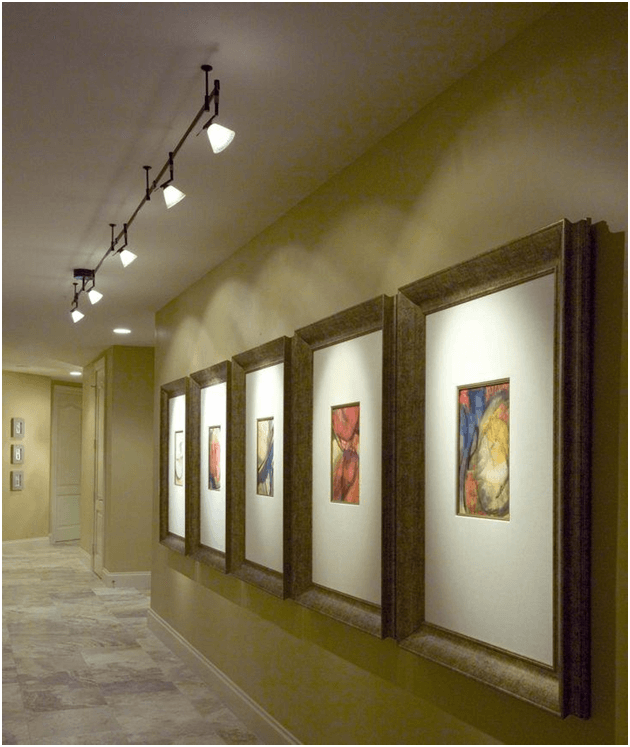
can draw attention to specific objects or design features in a room, such as a painting, sculpture, or architectural details.
-
Wall Sconces and Recessed Lighting in interior design
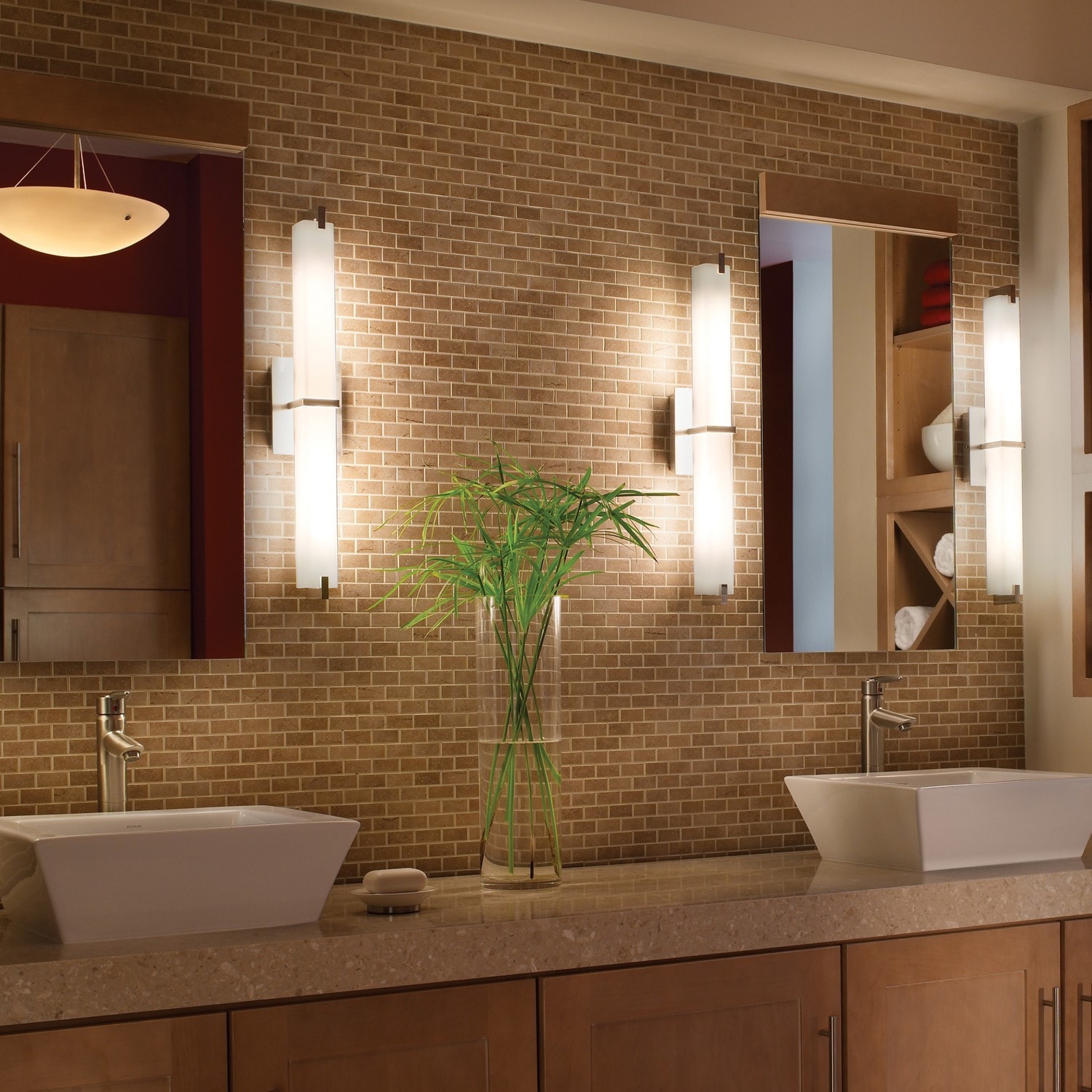
can accentuate textured walls, brick features, or stylish furniture pieces.
-
Under-Cabinet Lights
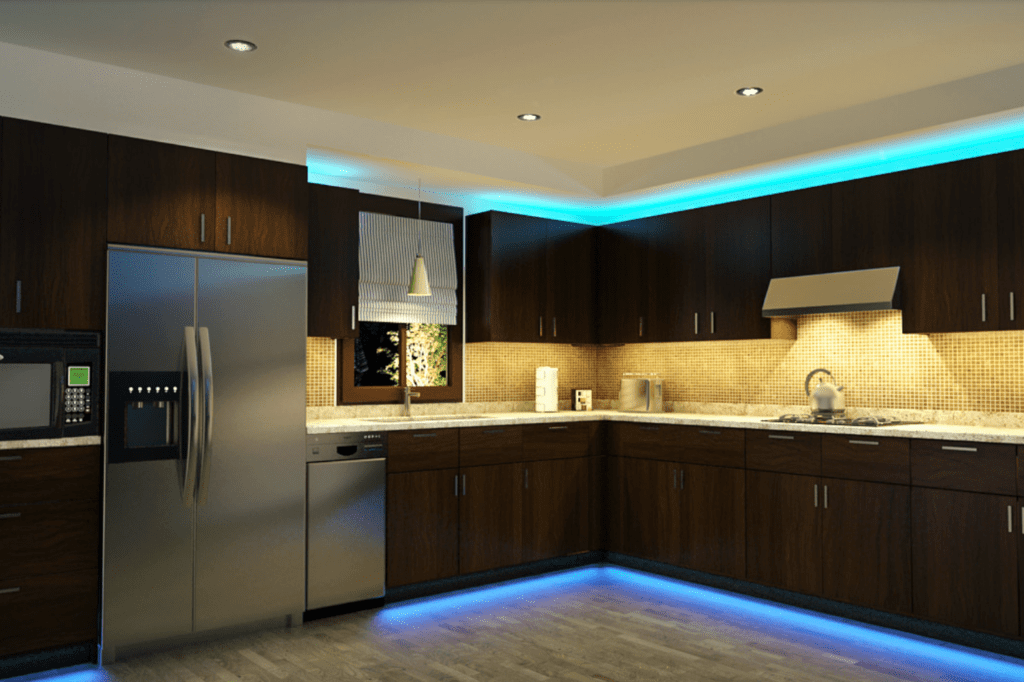
can add an elegant touch while also showcasing materials like granite or marble countertops.
Lighting allows you to frame and enhance the design details in your home that might otherwise go unnoticed.
Types of Artificial Lighting
Ambient Lighting
Ambient lighting provides overall illumination and creates a comfortable level of brightness.
Examples of ambient lighting include , wall-mounted fixtures, and floor lamps.
Ambient and task lighting can be used to create a sense of warmth and coziness in a space.
Table lamps and floor lamps can be used to add ambient lighting to a room.
Examples of Ambient Lighting:
-
Ceiling Lights:
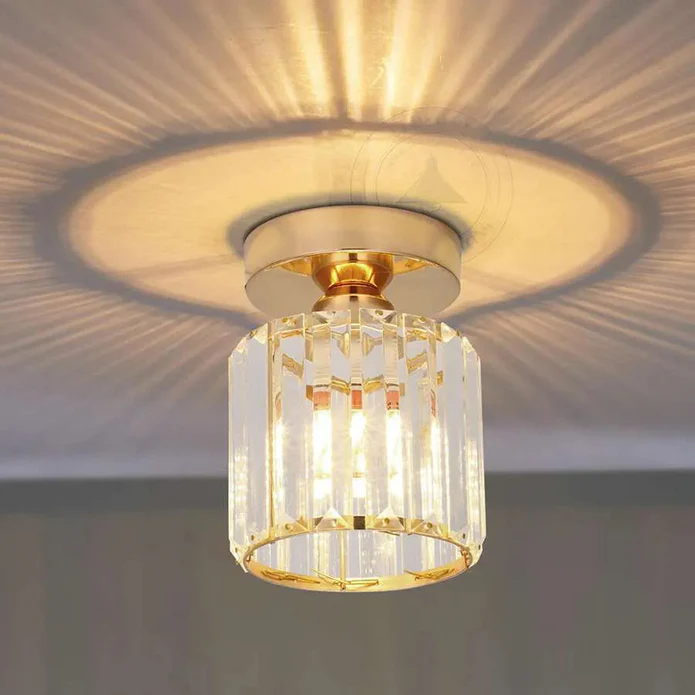
These include chandeliers, flush mounts, or recessed lights that provide general illumination.
-
Pendant Lights:
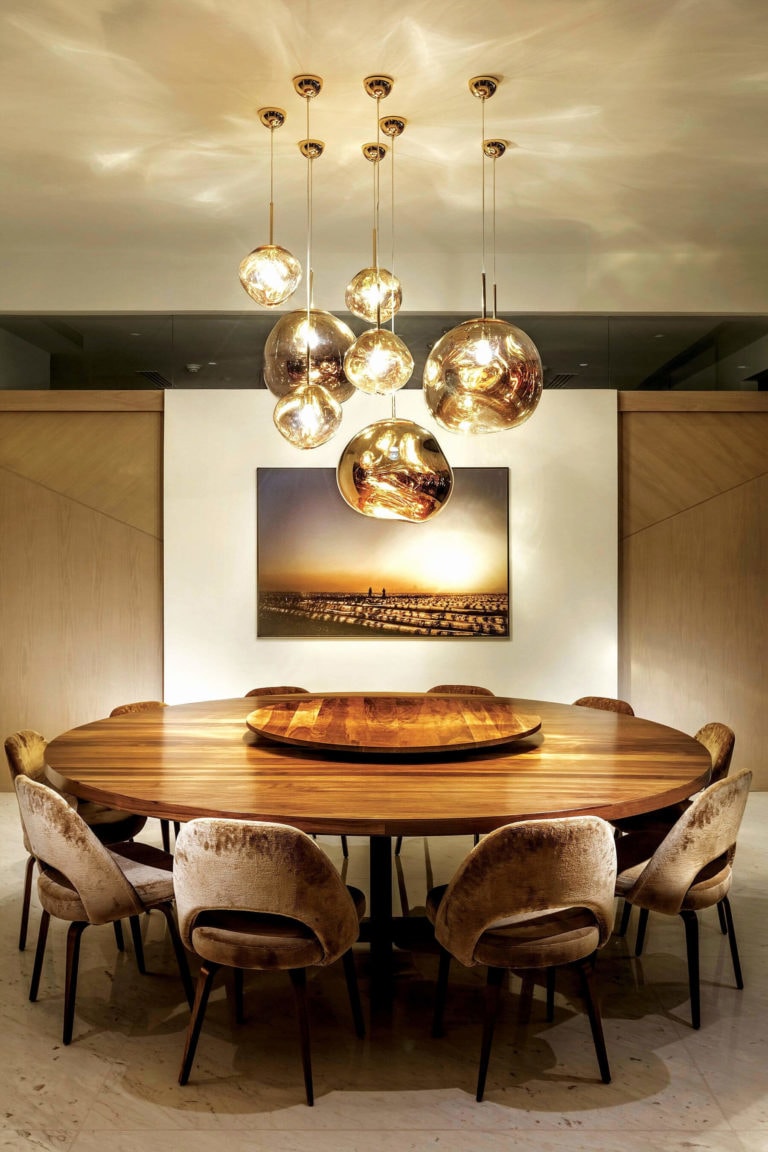
-
are a popular and stylish choice for dining tables, offering both functionality and aesthetic appeal. Here are a few types that are particularly well-suited for dining tables:
-
Cluster Lights: These feature multiple small pendants arranged in a cluster or a line above the dining table. They create a dramatic and contemporary look, providing ample illumination for the space.
-
Single Large Pendant: A single, oversized pendant light can serve as a bold focal point above the dining table. It provides concentrated light, ideal for intimate dinners.
-
Linear Lights: These are elongated pendant lights, often with multiple bulbs spaced out in a straight line. Perfect for larger dining tables, they offer uniform lighting across the table’s length.
-
Chandeliers: While technically a type of pendant light, chandeliers are often more decorative and can add elegance and sophistication to the dining area. They are available in various designs, from classic to modern.
-
Industrial-style Pendants: If you prefer a more rustic or industrial look, made of metal, with exposed bulbs or shades, add a chic, minimalist vibe.
-
Globe Lights: Glass globe pendants offer a clean, modern aesthetic and can help diffuse light evenly, adding both style and functionality to your dining area.
-
-
Wall-mounted Fixtures:
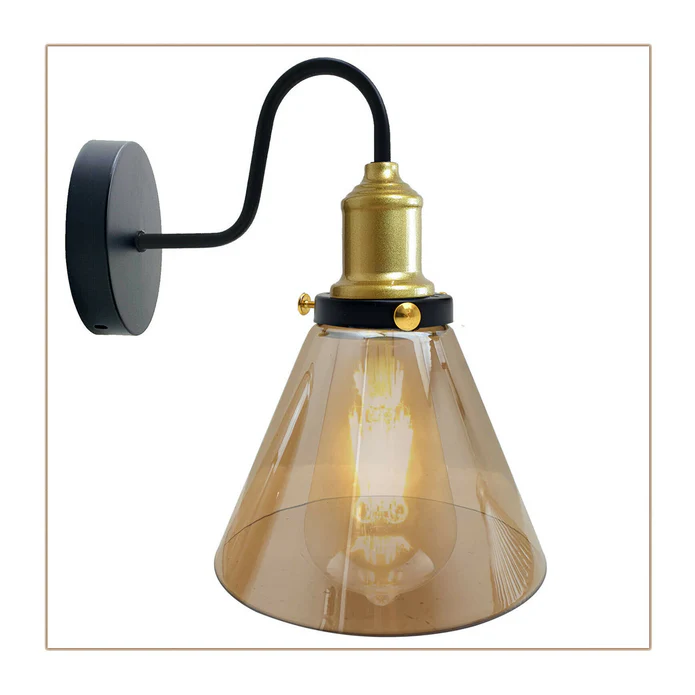
-
Wall sconces provide soft and subtle lighting to fill a space without overwhelming it.
-
Floor Lamps:
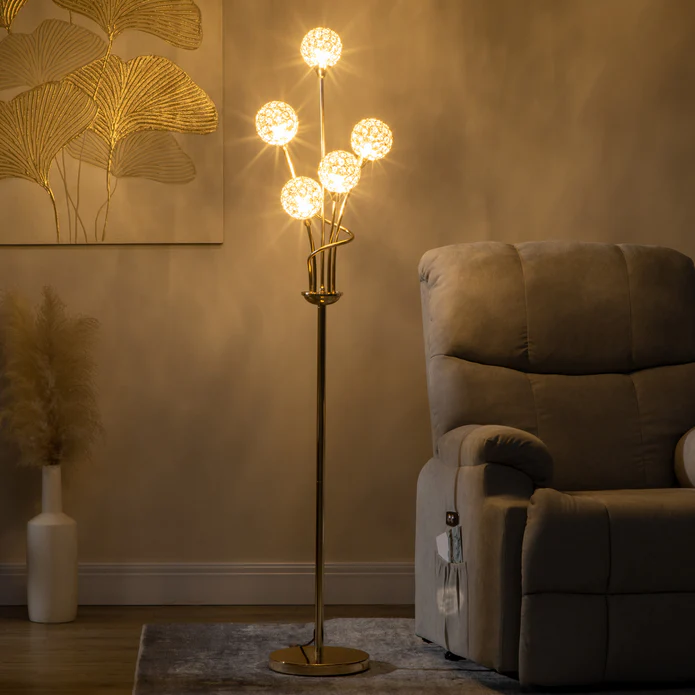
Perfect for smaller spaces, floor lamps create ambient lighting while adding a decorative touch.
Impact Lights:
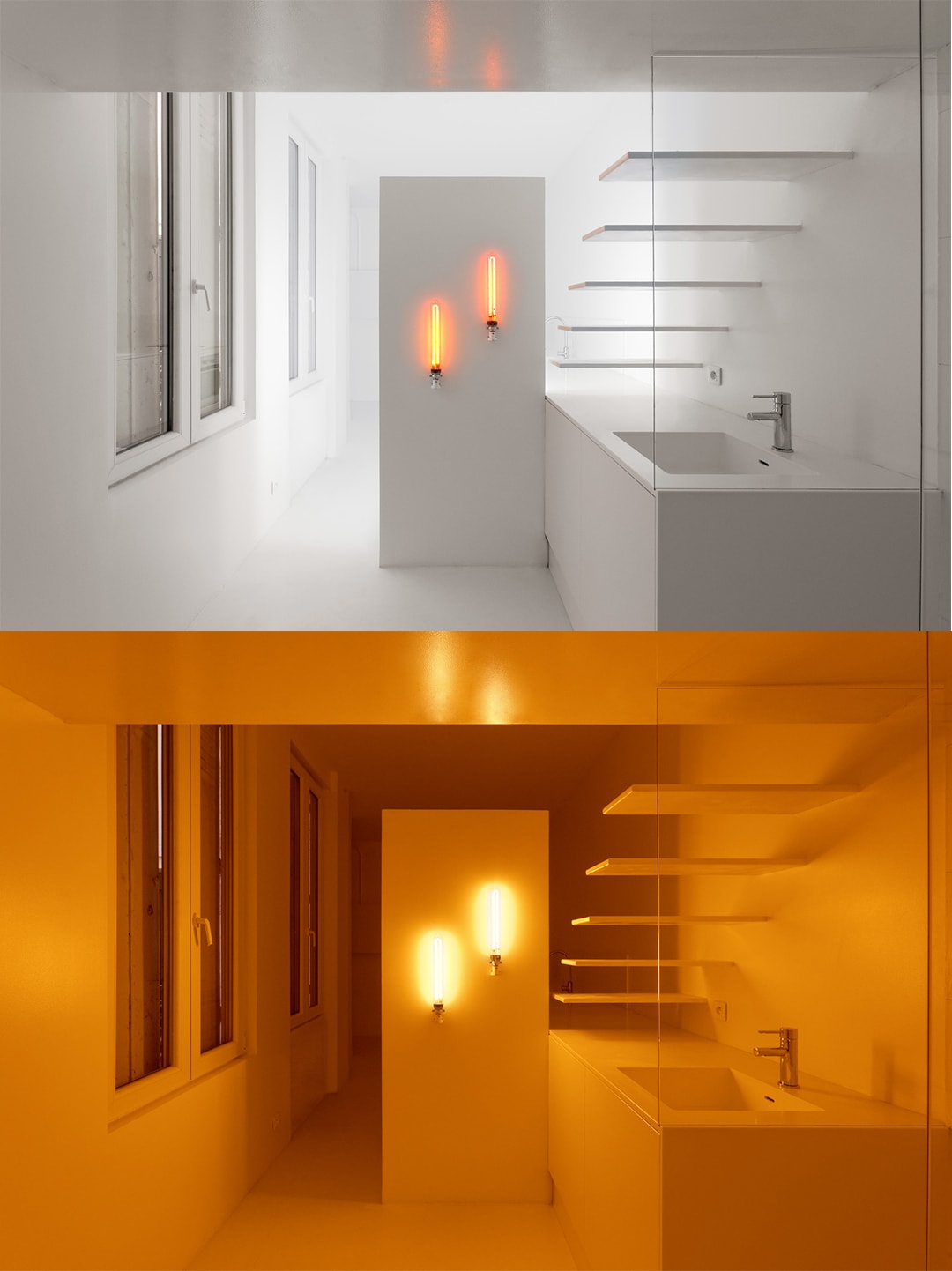
Ambient lighting creates a cozy, welcoming environment and forms the foundation for the lighting design of any room.
Task Lighting
Task lighting is focused and practical, and is designed for specific activities such as reading or cooking.
Examples of task lighting include desk lamps, under-cabinet illumination, and vanity lights.
Task lighting can be used to create a sense of functionality and efficiency in a space.
Pendant lights can be used to add task lighting to a kitchen or dining area.
Accent Lighting
Accent lighting is dramatic and focused, and is used to highlight specific features or areas.
Examples of accent lighting include wall sconces, track lighting, and floor lamps.
Accent lighting can be used to create a sense of drama and visual interest in a space.
Wall-mounted fixtures can be used to add accent lighting to a room.
Lighting Control and Circuits
Dividing a space into lighting zones with separate circuits allows for greater control over the lighting.
This approach enables designers to adjust the lighting in different areas independently.
Zones and circuits can be used to create different lighting scenes or moods.
By using zones and circuits, designers can create a more dynamic and responsive lighting design.
Energy Efficiency and Lighting
Lighting offers huge opportunities for designers to be more energy conscious.
Energy-efficient lighting solutions, such as LED bulbs, can reduce energy consumption and costs.
Motion sensors and timers can also be used to reduce energy consumption.
By incorporating energy-efficient lighting solutions, designers can create a more sustainable and environmentally friendly lighting design.
Creating a Desired Atmosphere
Lighting is an essential element in creating a desired ambience and aesthetic for your space.
The correct lighting can transform a room from feeling flat and uninviting to warm and welcoming.
Interior designers can manipulate moods, highlight specific areas, and create a sense of drama and interest in a space by controlling light intensity, direction, and color.
Interior designers can create a desired atmosphere by carefully controlling lighting.
Lighting Techniques for Visual Interest
Task Lighting provides functional illumination for specific tasks, such as reading or cooking.
Interior designers use task lighting in the kitchen to offer focused lighting for specific tasks.
Kitchen LED light fixtures, such as spotlights, can be used to provide bright and direct task lighting.
Interior designers use task lighting to create stylish yet functional lighting in various rooms and spaces.
Choosing the Right Fixtures
Selecting the right fixtures is crucial for creating an effective lighting design.
Fixtures should be chosen based on their functionality, aesthetic appeal, and energy efficiency.
Consider the type of lighting needed in a living space, such as ambient, task, or accent lighting.
By choosing the right fixtures, designers can create a lighting design that is both functional and visually appealing.
Lighting for Different Rooms
The lighting needs of a room are closely tied to its function.
For example, a living room may require more ambient lighting, while a kitchen may require more task lighting.
Understanding the function of a room is essential for designing an effective lighting plan.
By considering the room’s function, designers can create a lighting plan that meets the needs of its occupants.
Lighting and Color Temperature
The quality of every single light has a big impact on the space, and can affect the overall aesthetic and atmosphere.
A high-quality fitting with a CRI (colour rendering index) above 90 will offer the most natural light.
A lighting designer can use a combination of different lighting strategies to create a sense of balance and harmony.
The quality of light can be measured in Kelvins, and can affect the overall aesthetic and atmosphere of a space.
Conclusion
Lighting is an essential and transformative element of interior design that should never be underestimated. The right lighting in interior design can enhance the functionality of a room, highlight key design features, and set the mood for any occasion. Whether you're choosing energy-efficient fixtures, designing for different zones, or using lighting techniques to create visual interest, every lighting decision plays a role in boosting your interior design.
At Clasterior, we offer a wide selection of lighting options that can help you create the perfect ambiance for your home. From sleek and modern fixtures to classic and elegant designs, we have something for every taste and style. Let us help you transform your space with our thoughtfully crafted lighting solutions.
